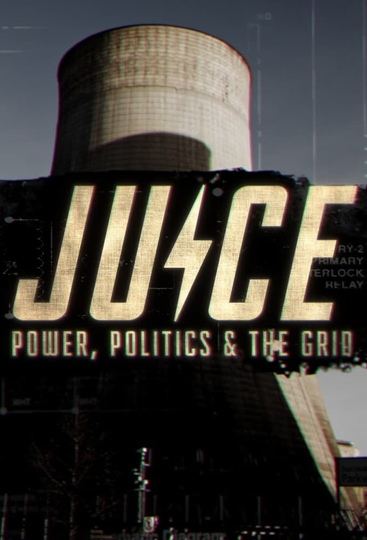Season 1 Episodes
1. Texas Blackout
In February 2021, millions of Texans lost power, and the state’s grid came within four or five minutes of a total failure that would have resulted in tens of thousands of deaths. It’s hard to overstate the importance –– and complexity –– of our electric grid. But how did our most important energy network get weakened? And what can we do to fix it?
2. Undermined By Enron
Enron Corporation may have declared bankruptcy in 2001, but the company’s effect on America’s electric grid can still be seen today in states like California and Texas, where power prices are soaring and reliability is declining. The push to treat electricity as a commodity instead of a service is particularly punishing in California, where electricity prices are increasing three times faster than in the rest of the U.S.
3. Green Dreams
The Osage Nation is in the midst of the longest-running legal battle against wind energy in American history. The tribe’s fight against Rome-based Enel is reminiscent of the themes in Martin Scorsese’s epic film, Killers Of The Flower Moon. But the tribe’s resistance against Enel’s rent-seeking is only one example of the fights against alternative energy projects that are happening all across rural America.
4. Nuclear Renaissance
The global nuclear comeback is real, even in Japan, where the accident at Fukushima Daiichi still looms large in the public’s consciousness. For proof of that comeback, we went to Canada, where a tall, Toronto-based emergency room doctor named Chris Keefer ignited a groundswell of support to expand and refurbish Ontario’s fleet of nuclear reactors.
5. Industrial Cathedrals
America is plagued by short-term thinking, particularly regarding our electric grid. If we are going to be serious about energy security, energy access, and climate change, we need to make our electric grid weather-resilient, not weather-dependent. That will require thinking long-term. It will require embracing fission. It will require us to consider our nuclear power plants as the crowning achievements of our society. It will require us to see them, as Emmet Penney does, as “industrial cathedrals.”



























